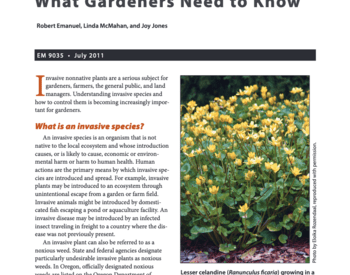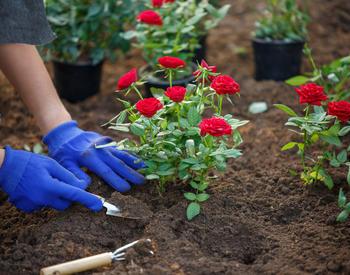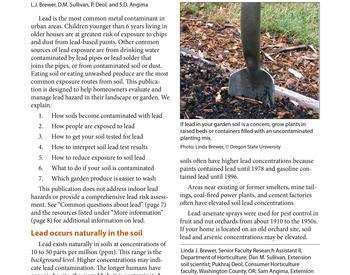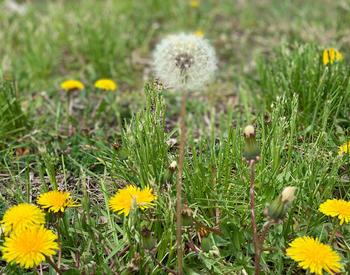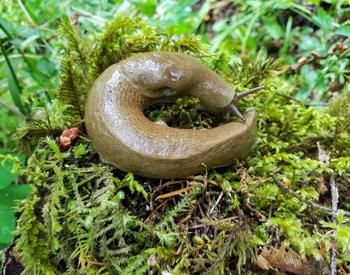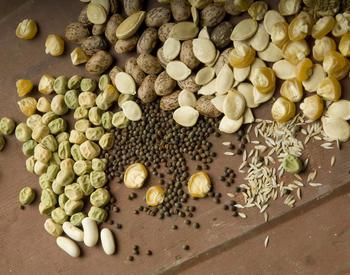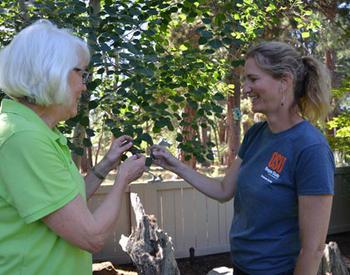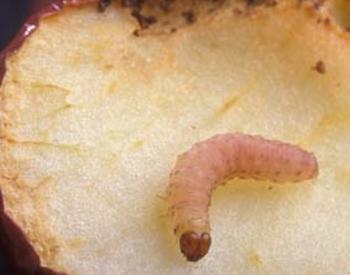CORVALLIS, Ore. – Once grape vines lose their leaves, the plants fade into the background of the winter landscape. That’s the time to take action and get out the clippers.
January through the first of March is the season to prune your vines, said Erica Chernoh, an Oregon State University Extension Service horticulturist. First, though, you’ve got to know how to do it properly.
“Home grape growers don't prune their vines enough,” Chernoh said. “When gardeners prune, they should remove the majority of wood produced the previous season – until about 90% is pruned off."
That’s a lot. But look at it this way: There’s no need to evaluate shape and size like when you cut back shrubs and trees. The instructions are straight-forward and are detailed in OSU Extension’s Growing Table Grapes guide, which includes information on all aspects of growing grapes and illustrations and photos to help you visualize the pruning process.
Grapes are produced from buds that will grow into shoots on 1-year old canes (the long stems or “shoots” after they’ve borne fruit for at least one year). The most fruitful canes will be those that were exposed to light during the growing season. These are thicker than a pencil in width and as close to the trunk as possible, Chernoh explained.
Common types of grape pruning
There are two common types of grape pruning – cane pruning and spur pruning. Mature plants should be pruned yearly to remove all growth except new 1-year-old fruiting canes and renewal spurs (a cane pruned back to one to five buds).
To cane prune, select two to four new fruiting canes per vine. Cut back each of these to leave about 15 buds per cane. For wine grapes, leave about 20 to 30 buds per plant. In table grapes, leave 50 to 80 buds per plant. Leave a one- or two-bud spur cane near the fruiting cane with one or two buds each. These "renewal spurs" will produce the fruiting canes for the following year and thus maintain fruiting close to the trunk. All other cane growth should be pruned off.
Most table grapes produce the highest yield of good quality fruit when cane-pruned.
To spur prune, prune along main canes to leave spurs with two to three buds per spur, each four to six inches apart. Leave no more than 20 to 60 buds per plant, depending on the type of grape. Remove all other 1-year-old wood.
“Pruning properly will improve plant vigor and lead to better yields and higher quality fruit,” Chernoh said.



